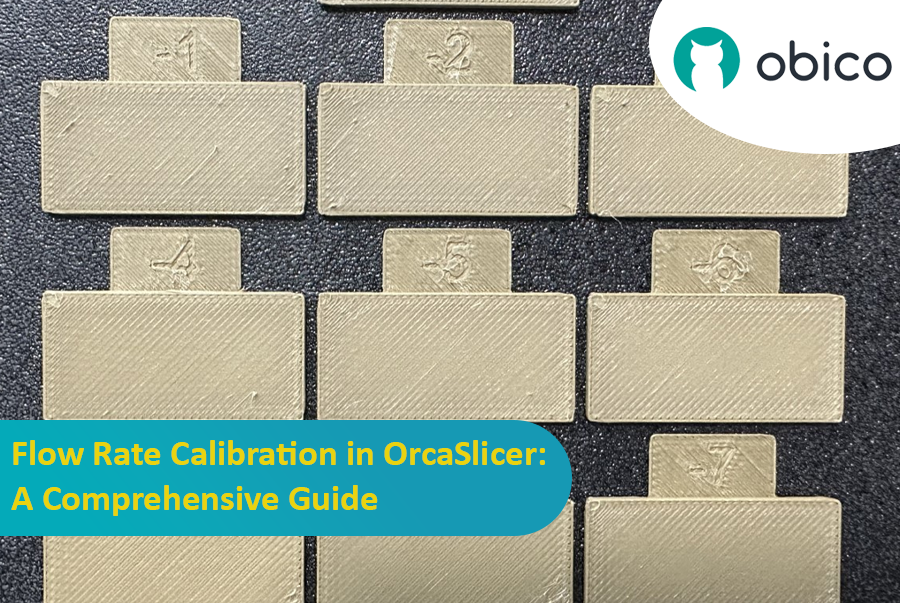Try JusPrin, the first GenAI 3D printing tool built on OrcaSlicer.
Introduction
Flow rate calibration is a crucial step in achieving high-quality 3D prints. Proper flow rate ensures consistent layer deposition, smoother surfaces, and better details. In this article, which is one of a series of OrcaSlicer calibration articles, we’ll explore the flow rate calibration process using OrcaSlicer, an open-source slicer software designed for Fused Deposition Modeling (FDM) 3D printers.

Before we delve into the flow rate calibration process in OrcaSlicer, let's pause briefly to understand what it is and its key features.
OrcaSlicer: A Powerful & Flexible Option for 3D Printing Slicing
OrcaSlicer is an open-source 3D printing slicer software for FDM printers. It's primarily designed for printers compatible with Marlin, Klipper, and Bambu Lab firmware. It supports various popular models from brands like Creality, Prusa, Elegoo, and even the open-source Voron.
OrcaSlicer Family Tree:
OrcaSlicer is based on Bambu Studio, which itself is derived from PrusaSlicer. PrusaSlicer, in turn, is based on the open-source solution Slic3r.
